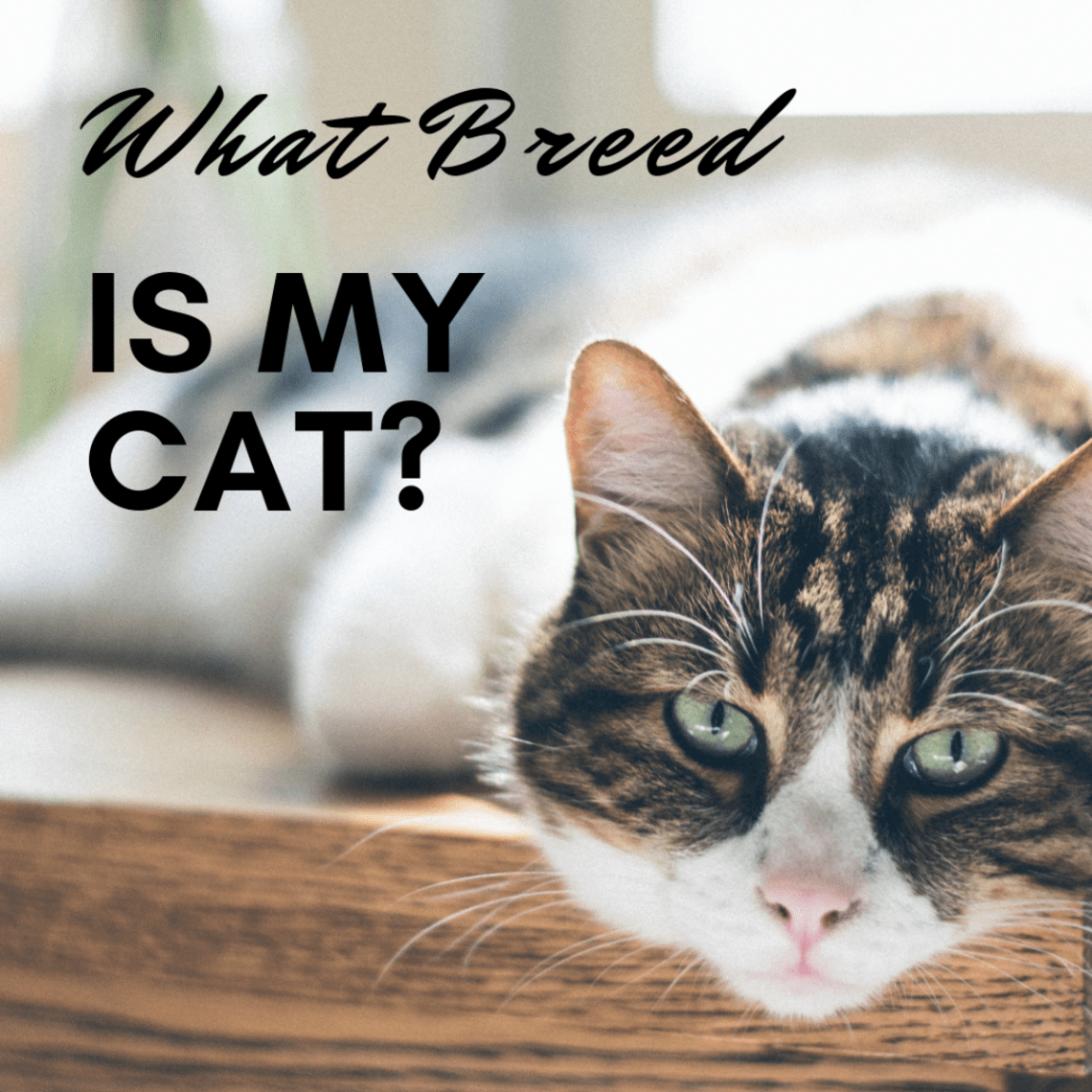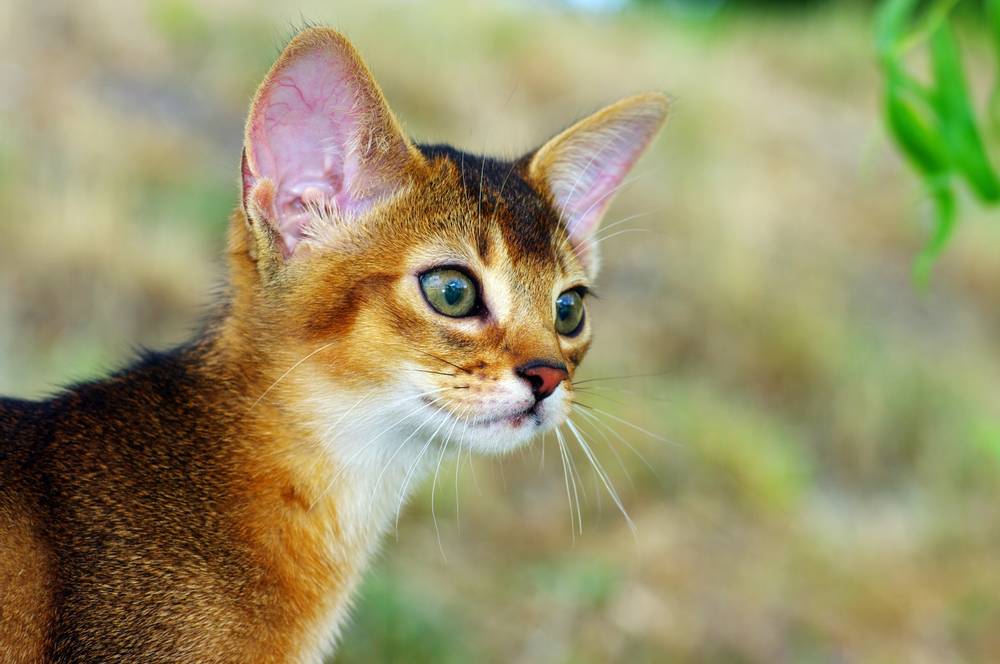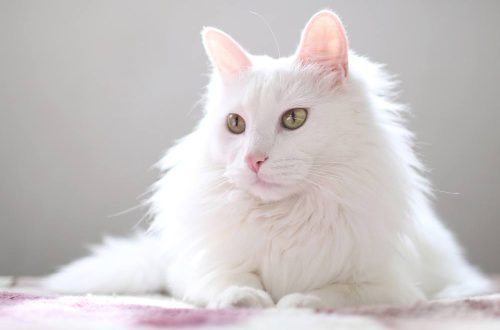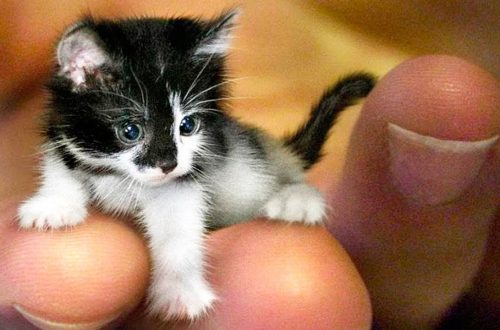
How to determine the breed of a kitten?

Contents
How to determine if a kitten is purebred or not?
In accordance with generally accepted standards, it is customary to consider an animal that is registered with a felinological organization as a thoroughbred. Such an animal has its own document confirming its belonging to a particular breed, it also indicates the names of its ancestors in at least three generations and describes the color features.
Purchasing a kitten from a cattery that specializes in a particular breed guarantees that you are buying a purebred animal. As a rule, these kittens are purchased in order to continue breeding the breed. But if the animal turned out to be not from a trusted breeder and not from a nursery, then you can try to determine for yourself whether it belongs to some breed. To do this, you need to know what to look for.
Body type
Depending on how the cat is built, breeds can be divided into two types:
- Animals with a large and rounded head, with a flattened nose and stocky body. Most often, Persians and exotics have such parameters;
- The wedge-shaped head, elongated muzzle, torso and paws are a set of features inherent in cats of the Angora breed, Oriental Shorthair and Siamese.
Wool type
By how long the cat’s coat is, whether it is soft or hard, and whether there is a coat at all, you can also find out the breed of the pet. For example, Persian cats are long-haired, and Cornish Rex and Devon Rex are short-haired. American wirehaired cats have a hard, curly coat, and a long hairline is characteristic of breeds such as La Perma, Bohemian Rex, and some others. They do not have wool, for example, the Sphinx and the Ukrainian Levkoy.
Color
Some breeds can boast a special color that distinguishes them from others:
- The Siamese color is inherent not only to Siamese cats, but also to some other breeds. It is well recognizable by the dark muzzle, ears, paws and tail, despite the fact that the body of the cat is light. In addition to the Siamese, this color is typical for the Thai, Himalayan and Neva Masquerade breeds. The Siamese color of Burmese cats and snowshoes has its own peculiarity: they have white paws.
- Blue or, as it is also called, smooth gray color is a distinctive feature of the Russian Blue and British Shorthair cats, as well as the Korat breed and some others.
- The sand color distinguishes the Abyssinian and Somali cat breeds.
- There are also cats with a “wild” coat color, which refers to colors with pronounced spots or stripes, like a leopard and other large wild cats. This distinguishes the Bengal breed, the Egyptian Mau, the Siberian cat, as well as the safari and the Kuril Bobtail.
- The chocolate brown color is characteristic of the Havana Brown and Chantilly Tiffany breeds.
Tail
Most cat breeds have long tails, but there are exceptions. For example, in all varieties of the Bobtail breed, the tail is very short: it is only a few centimeters long. Approximately the same tails in cats of breeds pixie-bob and skiff-toy-bob. There are cats without a tail at all – this is a feature of the Manx breed.
The structure of the ears
The auricle, bent forward, is found in Scottish folds and Highland folds. The American Curl, on the other hand, has its ears turned back.
Individual signs of a particular breed are found in almost all cats, but if the appearance of a cat in general does not meet the standard of this breed, then most likely it is a cross. It happens that even a purebred, thoroughbred cat does not meet the accepted standard of appearance of its breed. Remember that the origin of a cat is not the main thing, because by giving your pet care and love, you will receive much more in return by acquiring a devoted and faithful friend.
11 2017 June
Updated: December 21, 2017
Thanks, let’s be friends!
Subscribe to our Instagram
Thanks for the feedback!
Let’s be friends – download the Petstory app





